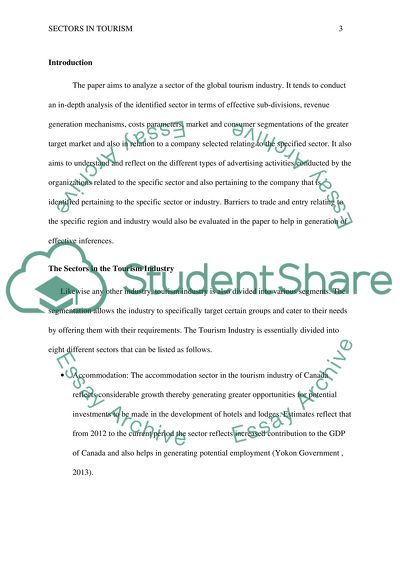Cite this document
(“Sectors in tourism Research Paper Example | Topics and Well Written Essays - 2500 words”, n.d.)
Sectors in tourism Research Paper Example | Topics and Well Written Essays - 2500 words. Retrieved from https://studentshare.org/tourism/1663772-sectors-in-tourism
Sectors in tourism Research Paper Example | Topics and Well Written Essays - 2500 words. Retrieved from https://studentshare.org/tourism/1663772-sectors-in-tourism
(Sectors in Tourism Research Paper Example | Topics and Well Written Essays - 2500 Words)
Sectors in Tourism Research Paper Example | Topics and Well Written Essays - 2500 Words. https://studentshare.org/tourism/1663772-sectors-in-tourism.
Sectors in Tourism Research Paper Example | Topics and Well Written Essays - 2500 Words. https://studentshare.org/tourism/1663772-sectors-in-tourism.
“Sectors in Tourism Research Paper Example | Topics and Well Written Essays - 2500 Words”, n.d. https://studentshare.org/tourism/1663772-sectors-in-tourism.


